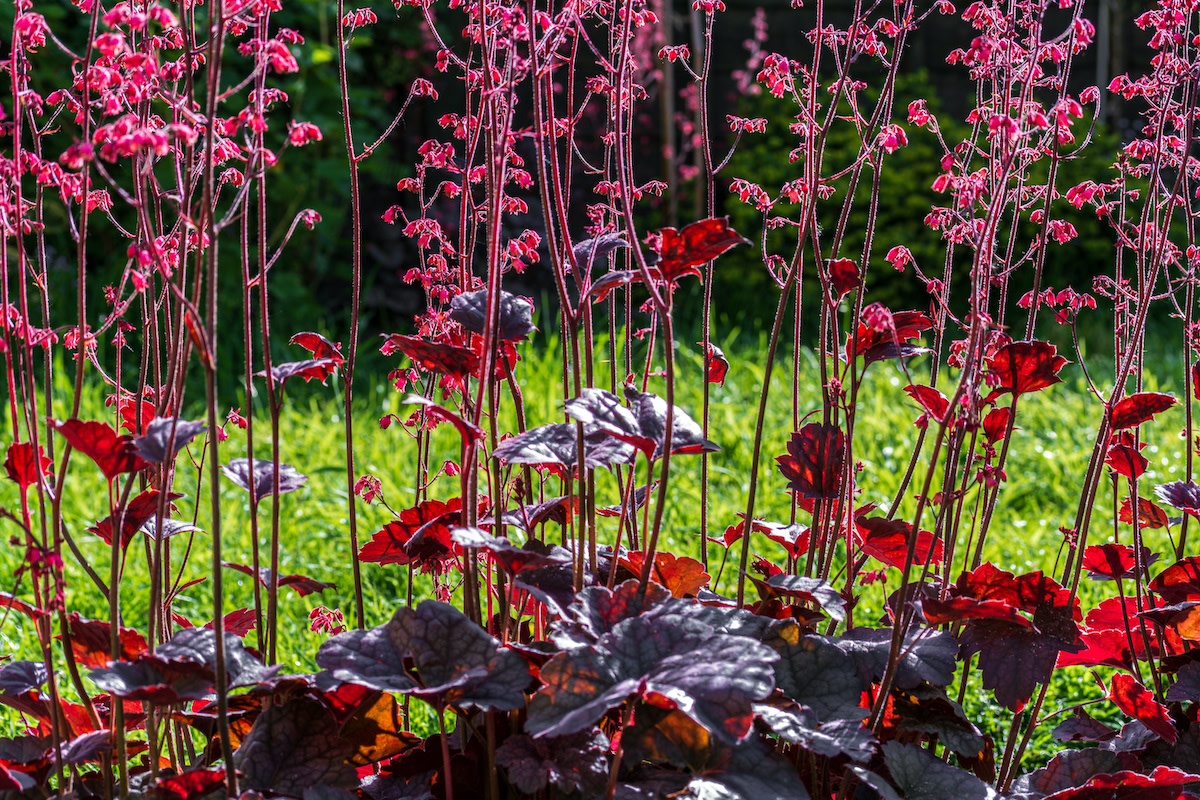Woodland Garden Design: 11 Shade-Loving Plants and Trees
Written by MasterClass
Last updated: Aug 31, 2021 • 4 min read
Create a woodland garden in a shady part of your yard by adding flowers, native plants, and other garden elements that all evoke a natural woodland area.
Learn From the Best
What Is a Woodland Garden?
A woodland garden is a landscape design scheme full of greenery, natural materials, and flowers that recreates the look and feel of a natural woodland. Shade plants thrive in a woodland setting with mature trees providing protection from the sun.
4 Tips for Designing a Woodland Garden
The point of designing a woodland garden is low-maintenance, easy-care landscaping that utilizes the shady spots in your yard or property. Here are some helpful tips for designing a woodland garden:
- 1. Add non-plant elements. Woodland gardens have a whimsical feel to them, and while birdbaths, wind chimes, and other garden accessories don’t appear in natural woods, they can add depth to a DIY woodland garden at home.
- 2. Choose native plants. In an actual wooded area, the woodland plants are fertilized and watered naturally as well as protected by falling leaves from the trees above. You can re-create that same feel with plants that are native to your area.
- 3. Fence off the area. Fencing off the woodland garden can prevent pets and children from ingesting something potentially harmful as well as prevent damage to the garden. Keep the fence shorter so the garden is still accessible for watering and fertilizing if necessary.
- 4. Think of the available light. Typically, woodland gardens exist in an outdoor space with shade all day long, year-round. There are different levels of shade to consider for a woodland garden design. Shade-loving plants like rhododendrons, hostas, or hydrangeas can survive in partial shade, light shade, filtered shade, full shade, and dry shade.
11 Types of Plants and Trees for a Woodland Garden
Shade-loving plants and trees are great options for your woodland garden. Here are a few plants and trees that fit the bill:
- 1. Alumroot (Heuchera americana): Alumroot, also called coral bells, grow in any amount of sunlight, which makes them a viable option for woodland gardens that receive various levels of sunlight throughout the day. Slugs and snails will leave this plant alone.
- 2. Azalea: Azaleas are flowering shrubs in the Rhododendron genus. The flowers are bright in color and prefer living under large trees for shade. Azaleas are a cultivar, bred for specific characteristics over time.
- 3. Bleeding heart (Lamprocapnos spectabilis): Consisting of pink or red heart-shaped flowers, bleeding hearts are members of the poppy family. Bleeding hearts are perennials, meaning they come back every year. Prune them after the first frost and after the foliage fades in color and is no longer green.
- 4. Bloodroot (Sanguinaria canadensis): Bloodroot plants are members of the poppy family and bloom in various shapes, sizes, and colors. The plant is deer-resistant due to its bitter taste and toxic nature. A wildflower in many areas, it grows best in shade and well-drained soil.
- 5. Columbine: In the Aquilegia genus, columbines are a common perennial popular in natural woodlands as well as woodland gardens. It’s an easy-to-grow plant and produces flowers ranging in color from pastel purples to bright reds. Columbine plants attract bees, butterflies, and hummingbirds, and they thrive in light shade.
- 6. Dogwood tree: Belonging to the Cornus genus, dogwood trees are deciduous trees and shrubs that thrive in partial shade. Well-draining soil consisting of mostly organic matter works best for them, making dogwood trees a good option for creating shade in woodland gardens.
- 7. Garden phlox (Phlox paniculata): Garden phlox and other phloxes are native to eastern and central United States. The plant appears abundantly in the wild as ground cover, especially in a wooded area. Phlox flowers in a variety of colors but rarely produces white flowers. The amount of required light varies by species.
- 8. Hosta: Plants in the Hosta genus add green foliage to any garden. Traditionally, hosta plants are shade-loving plants, but some varieties require more sun than others.
- 9. Hydrangea: Plants in the Hydrangea genus have bright and colorful flowers, the hue of which will change depending on the acidity of the soil. Hydrangeas thrive in low, morning sun with cool shade the rest of the day.
- 10. Mountain laurel (Kalmia latifolia): Native to the eastern United States, mountain laurels are flowering evergreen shrubs that thrive in forest areas on mountains and rocky slopes. These plants are relatives of azaleas and rhododendrons and are very shade-tolerant. They are slow-growing plants that require little pruning.
- 11. Wildflower: Types of wildflowers will vary from region to region and often serve as pollinators for bees. Distributors frequently sell them in boxes of hundreds or thousands of seeds, making them sometimes an economical choice for a woodland garden. Shade-loving wildflowers will work best in a woodland garden. Examples of wildflowers include certain flowers in the genuses Astilbe and Anemone, and the great white trillium (Trillium grandiflorum), and Virginia bluebells (Mertensia virginica).
Learn More
Grow your own garden with Ron Finley, the self-described "Gangster Gardener." Get the MasterClass Annual Membership and learn how to cultivate fresh herbs and vegetables, keep your house plants alive, and use compost to make your community—and the world—a better place.
